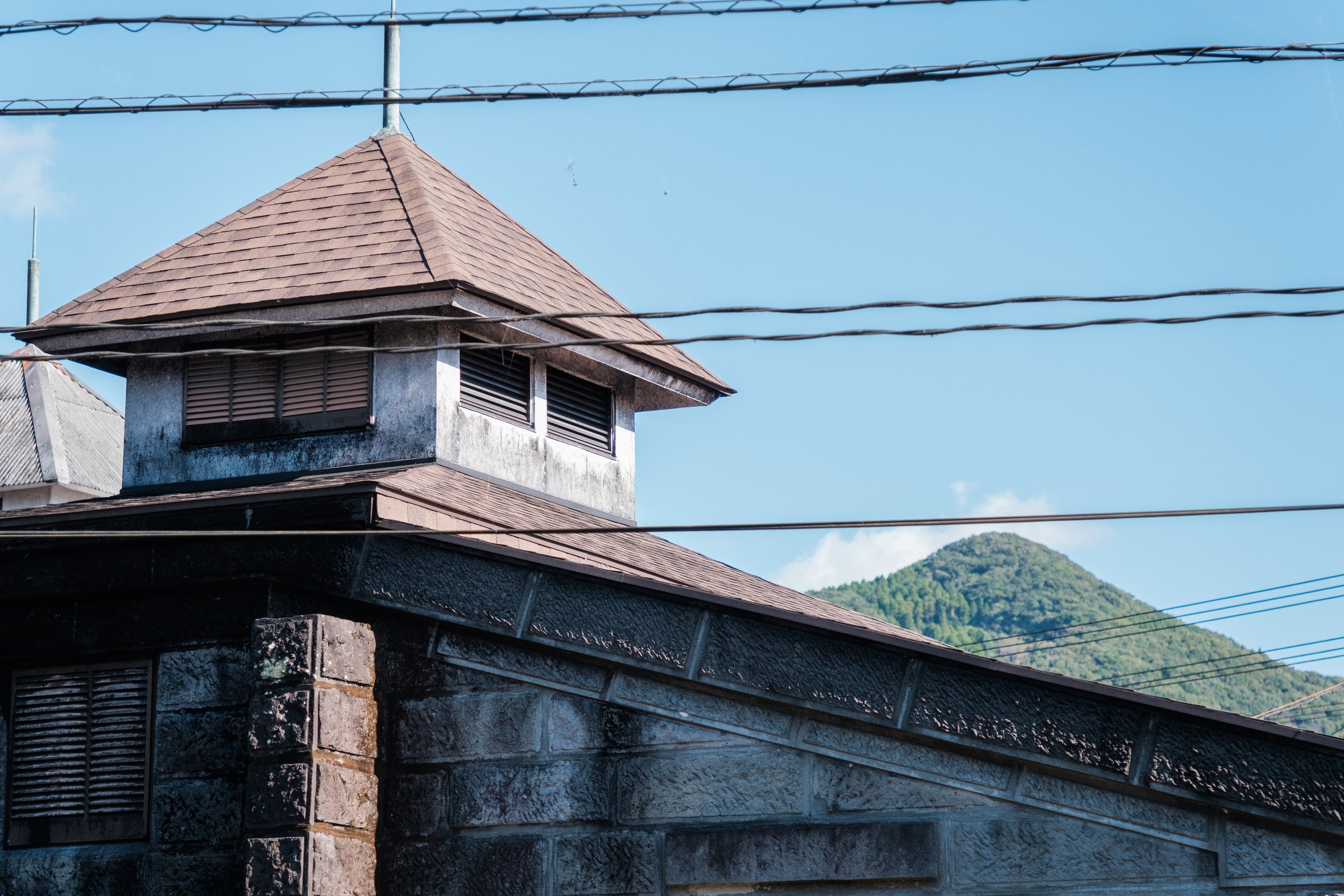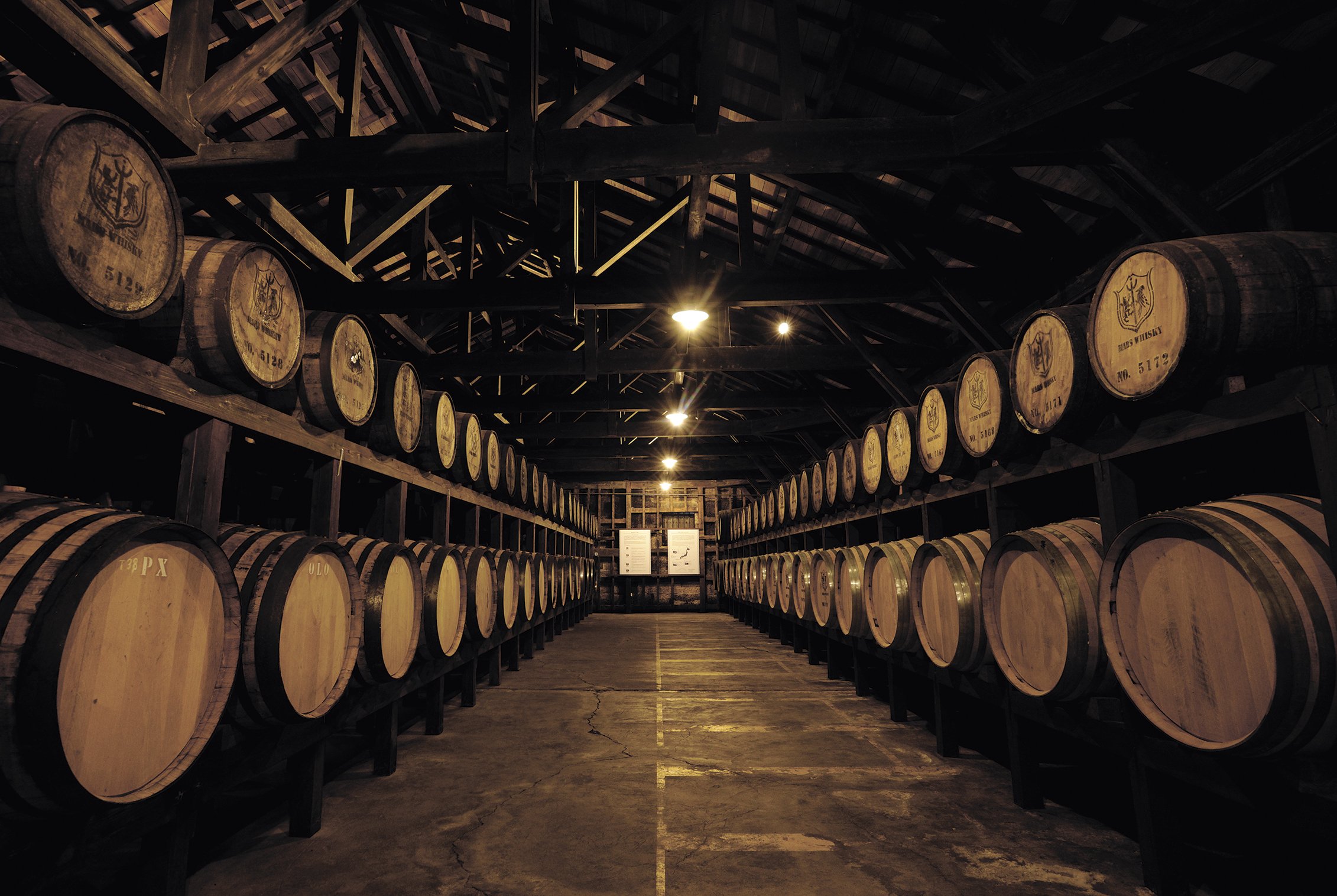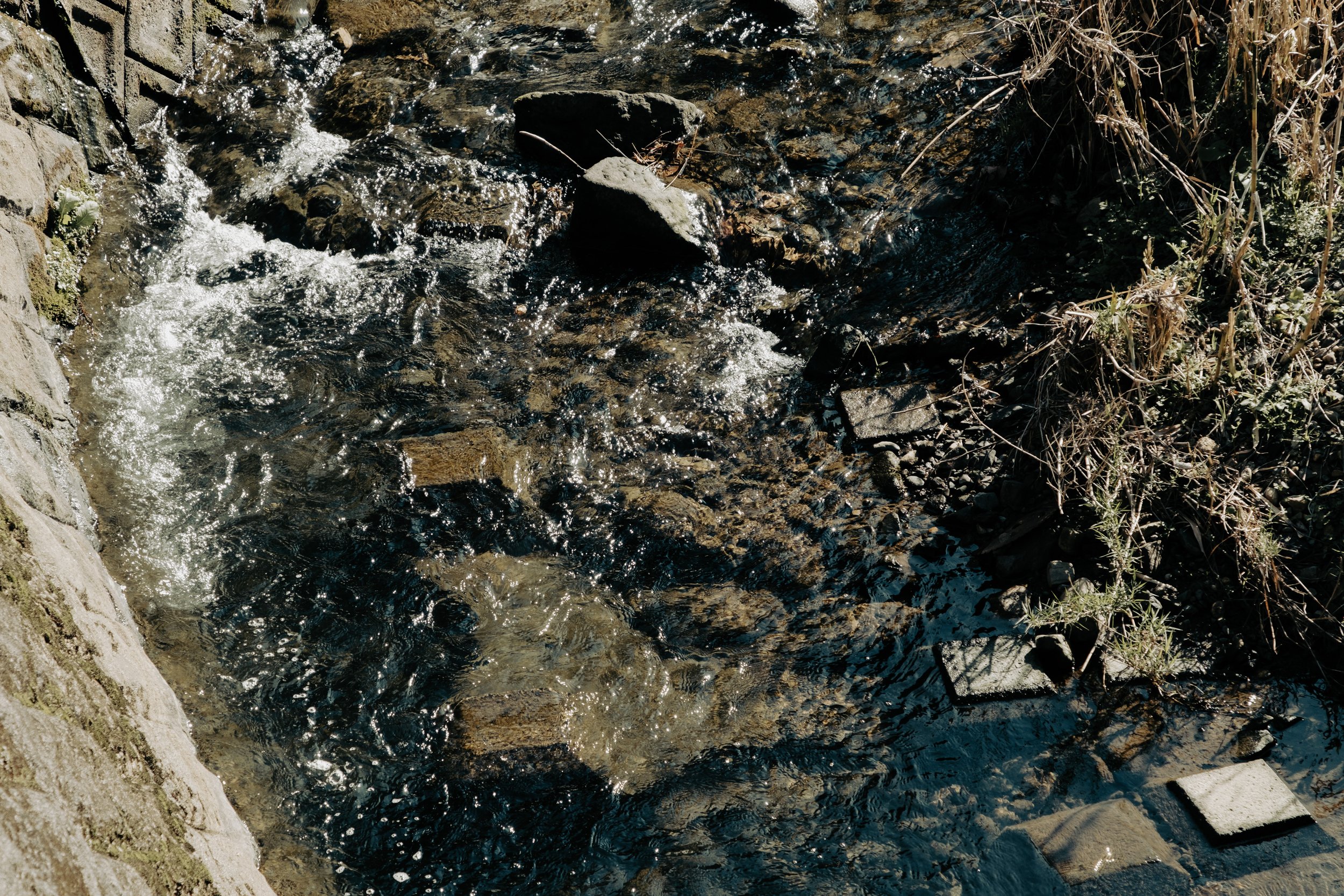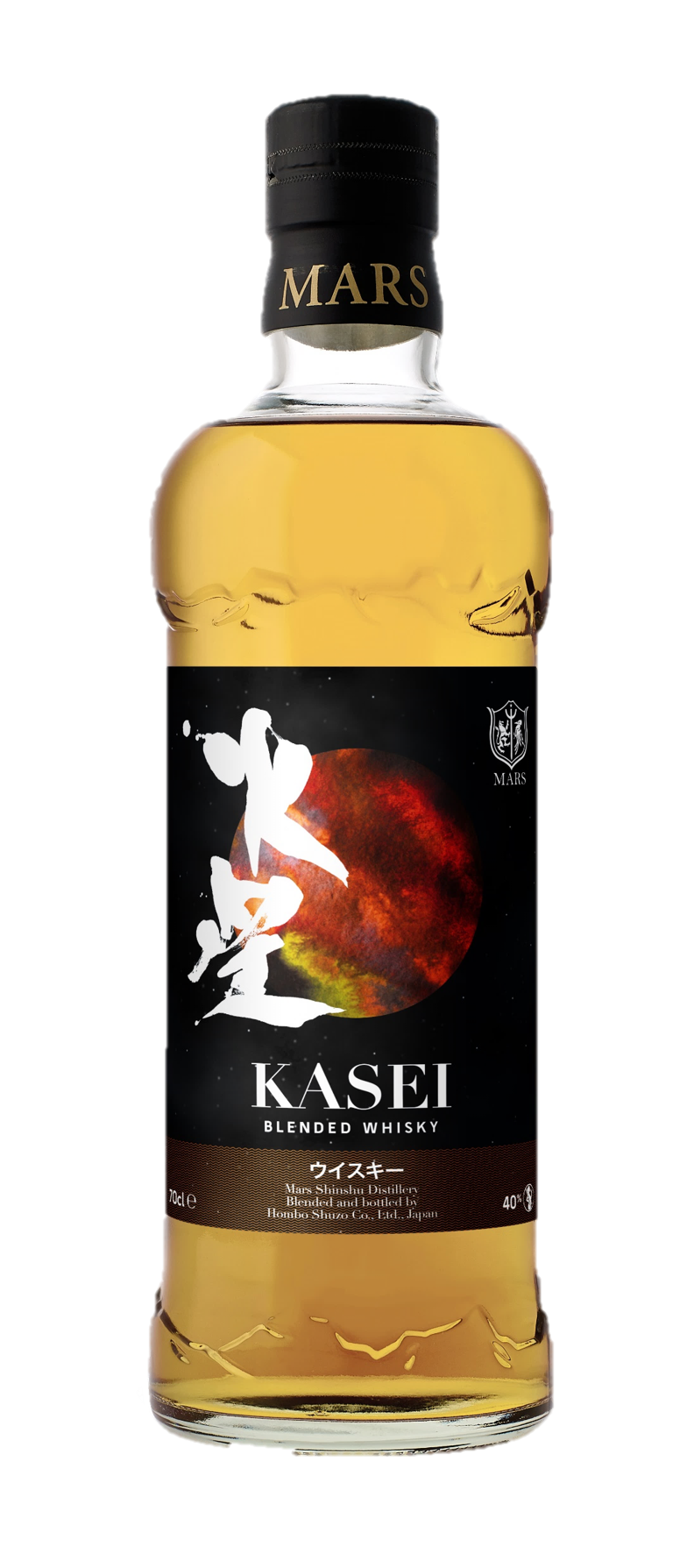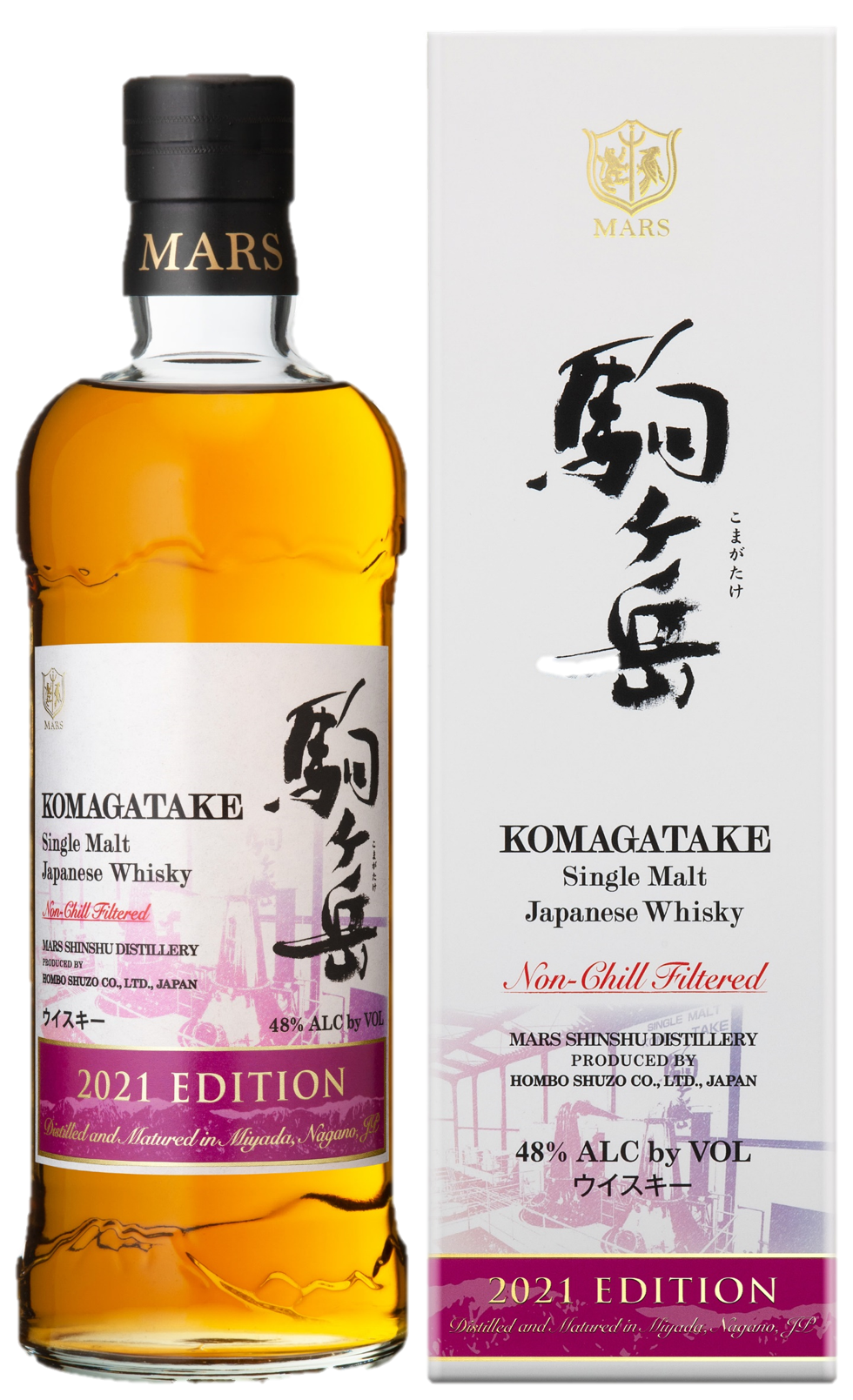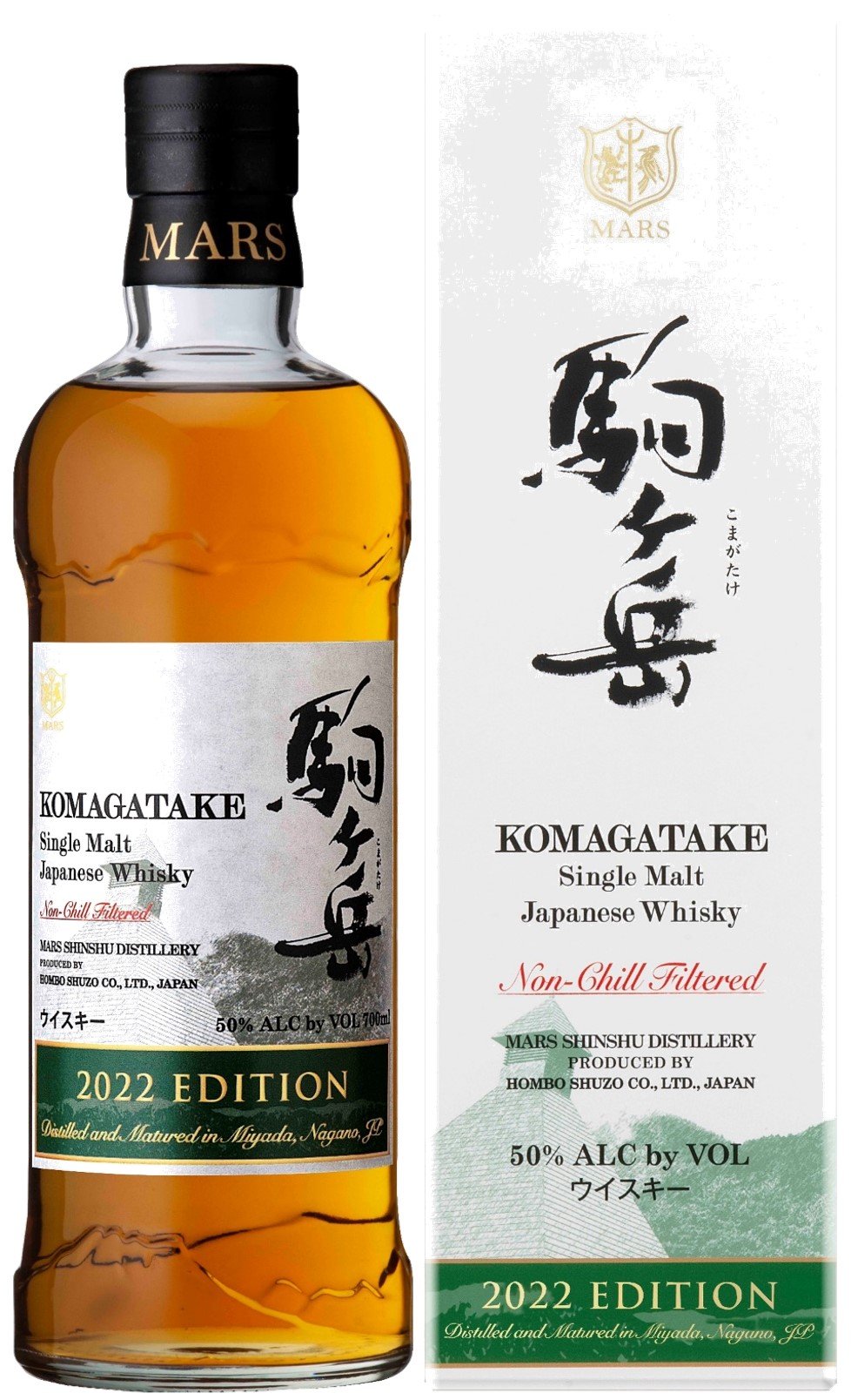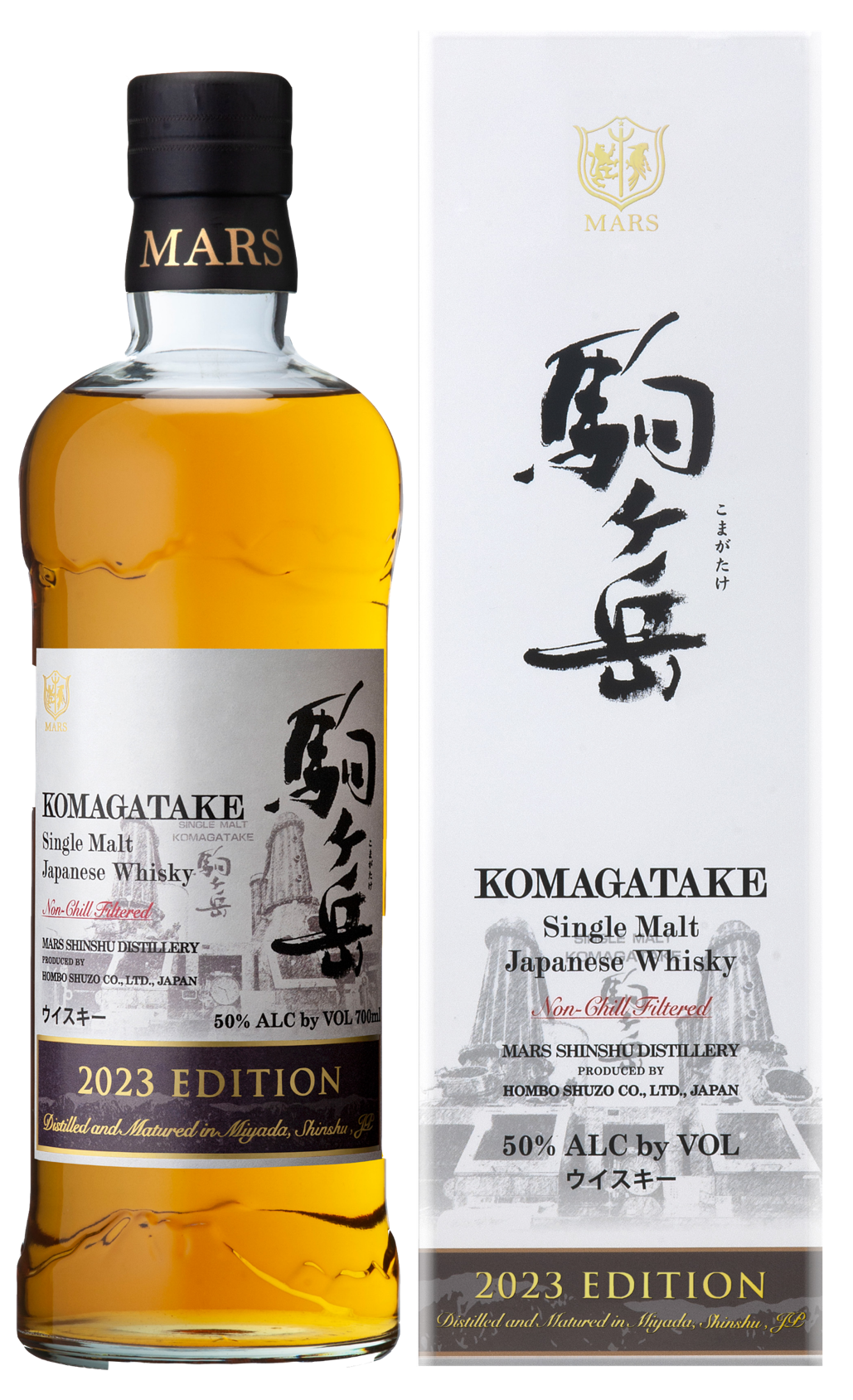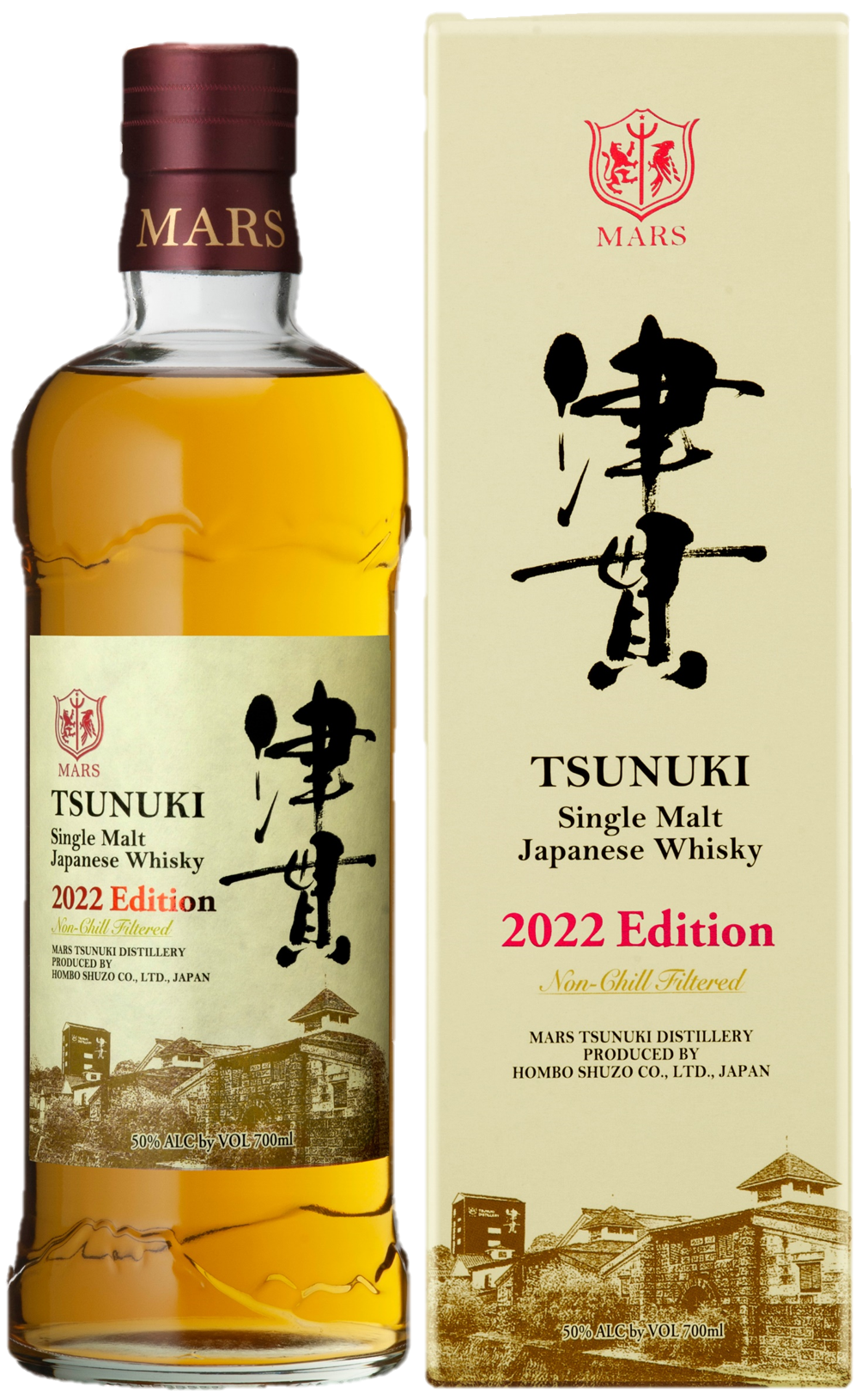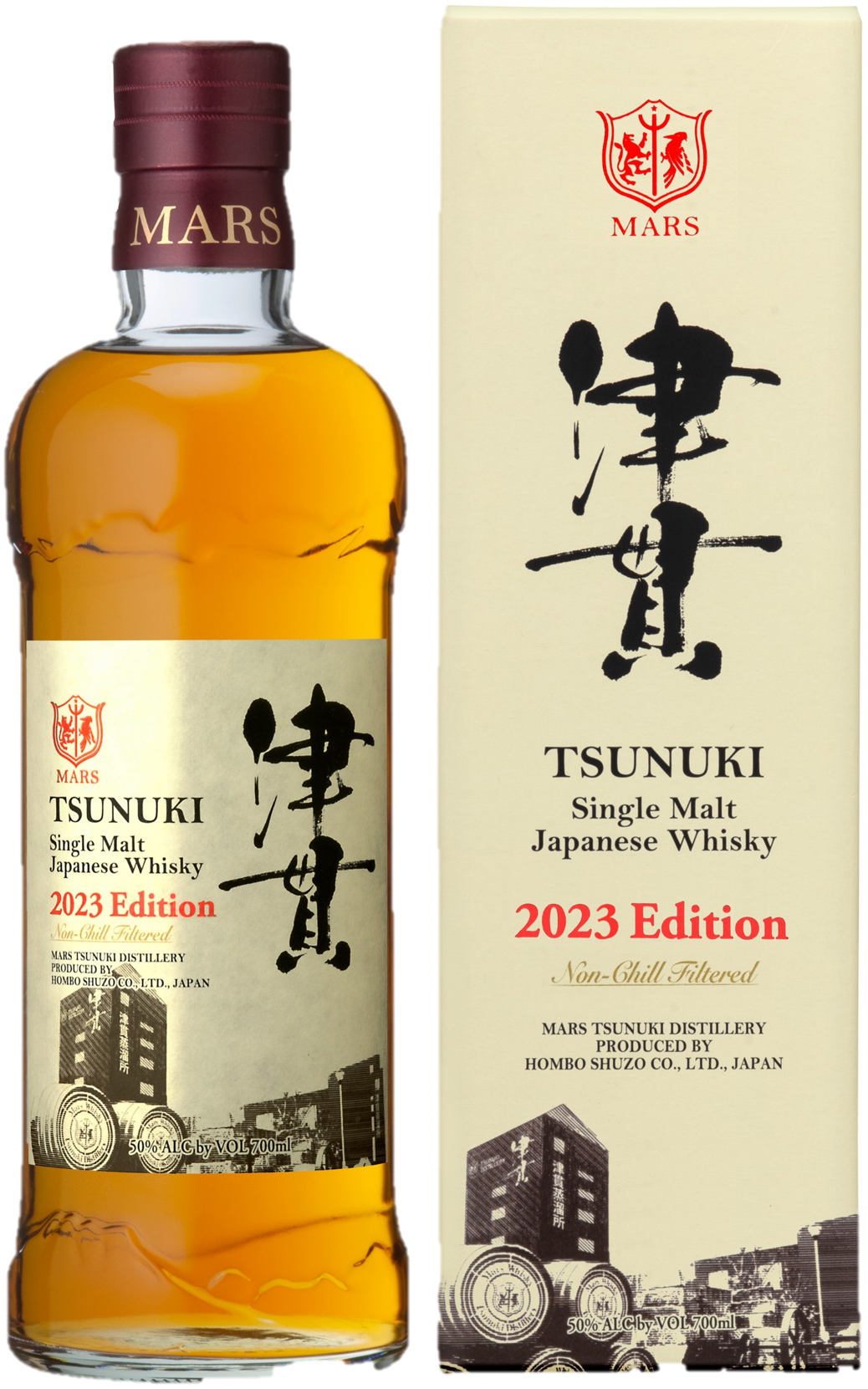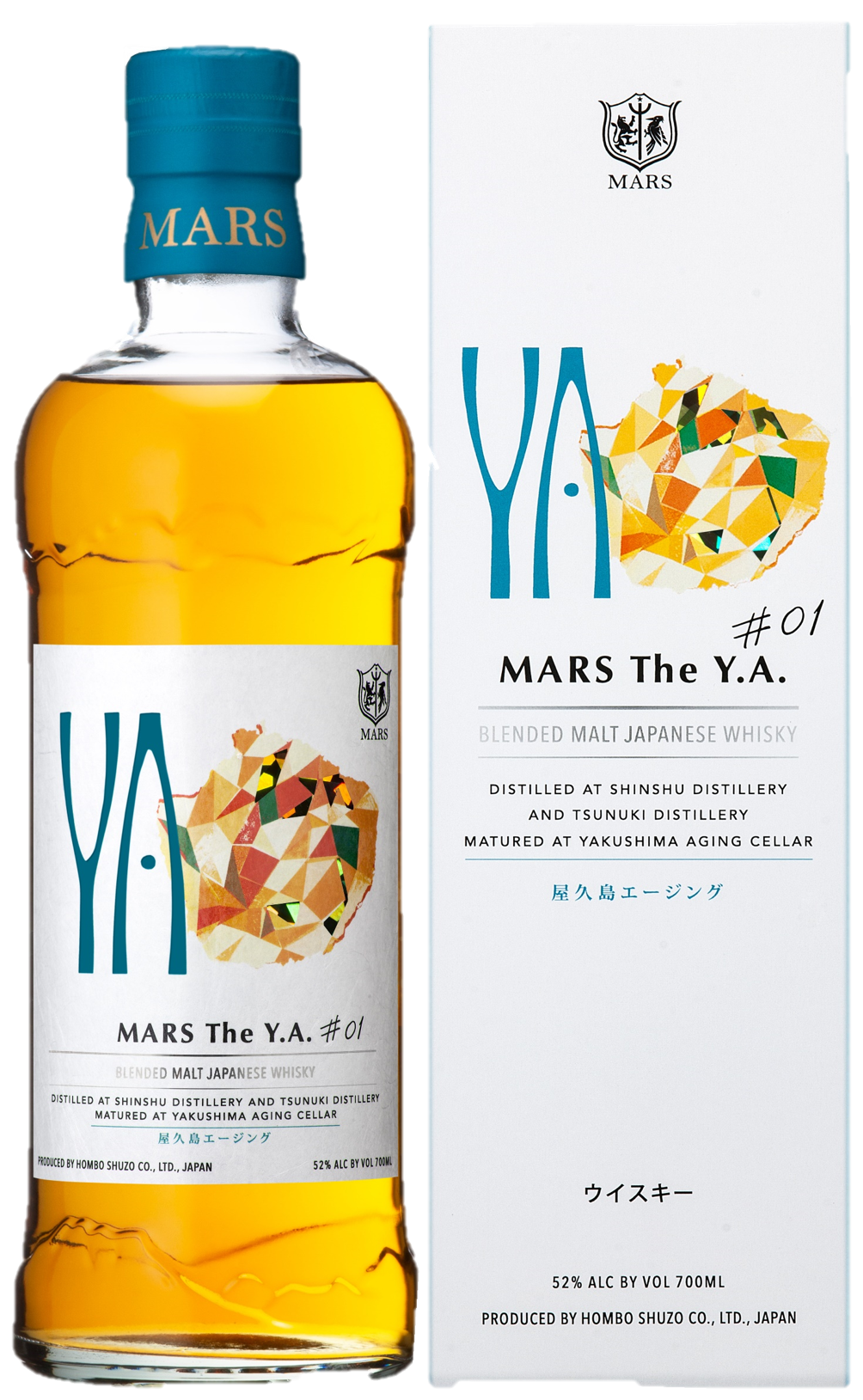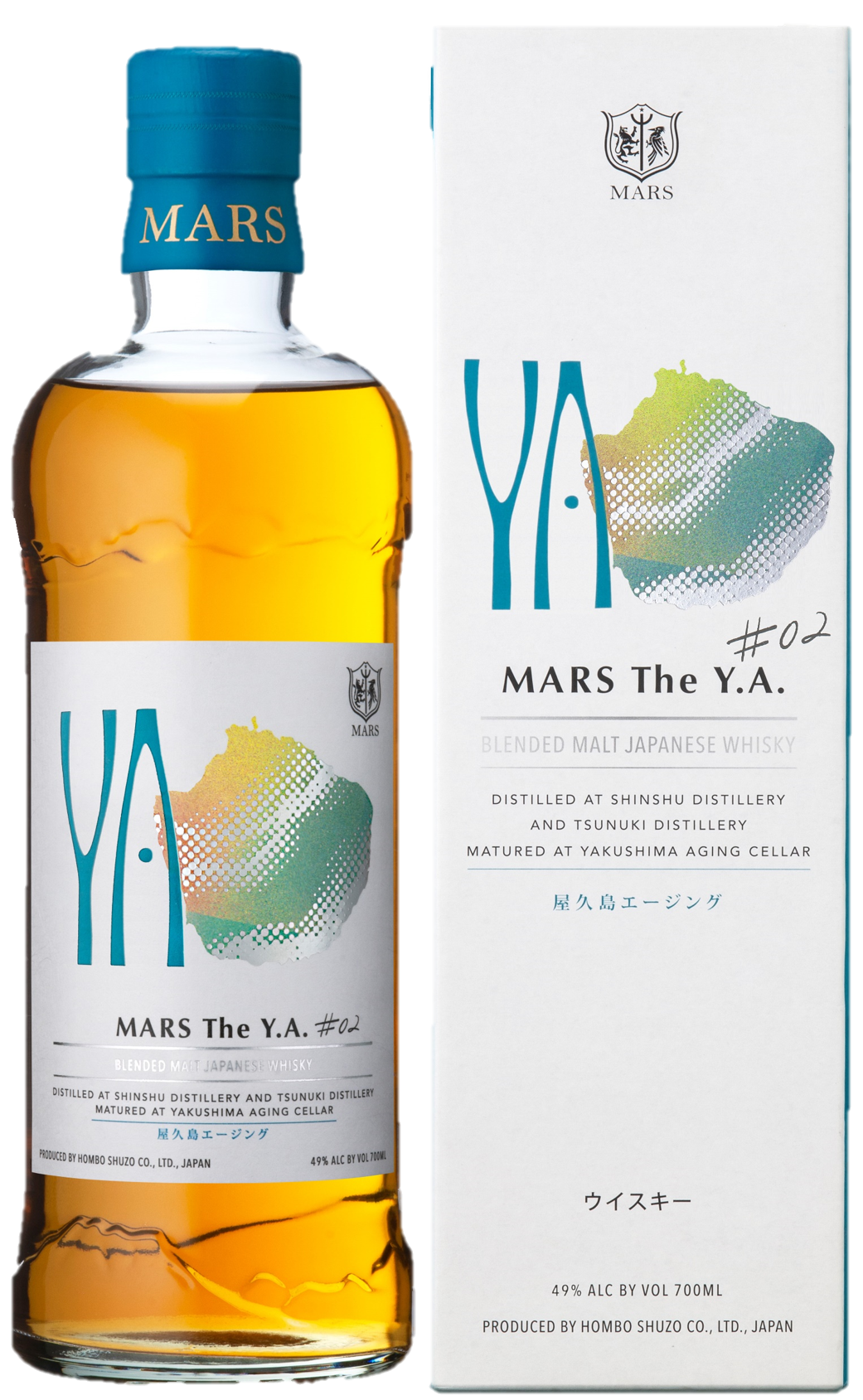In Depth // Mars Whisky
The orginal plan for this article was to wait for that nice April weather to get everyone in the correct mood for the theme of the text: Japanese whisky. Cherry blossoms, delicate flavours matched with the first flowers blooming, a sense of decorum and belonging. But then Belgian weather decided to go back to winter. We’ve had rain, rain, some rain, more rain, the occasional hail shower, and then some rain. So, here’s me trying to conjure up some of that spring spirit by talking about Japanese whisky.
© Mickaël Van Nieuwenhove
The cherry blossom season has come and gone in Japan, and I’m stuck with a restless dream to visit the country at least once in my life to eat the food, see the shrines and temples, see mount Fuji (probably covered in clouds), visit Tokyo and completely splurge on manga and anime figurines, and of course go taste Japanese whiskies straight from the source.
Luckily for me, I was able to partake in this dream vicariously by attending a Mars Whisky tasting led by their overseas marketing expert Momoko Kato at Wholly Spirits. I even managed to sit down with Kato-san to ask her a couple of questions about her experience in the industry. But before I get into the interview, I’d like to give some basic information about Mars Whisky.
Mars Whisky – a Hombo Shuzo Brand
For starters, Mars Whisky is a brand owned by Hombo Shuzo, a company that was founded in 1872. They have been making Japanese spirits and beverages for over 100 years, and really know ‘the ins and outs’ about Shochu (a local Japanese spirits), Japanese wines, and of course whisky.
Because their whisky production is 60 times smaller than the biggest whisky producer of the country, we should classify Mars as a craft distillery. Even more interesting is that they have multiple locations that are used during whisky production. Distilling and aging are done at the Komagatake or Tsunuki distillery, with a third aging cellar on Yakushima island. The spirits from both distilleries and the three aging locations are all brought together under the brand “Mars Whisky”.
Because of the three distinct locations, it’s safe to say that the whisky creation process is on an experimental level for Hombo Shuzo. They are actively researching the influence of different climates and casks on their whiskies, and there’s a very open-minded atmosphere at both distilleries, together with respect to the history of the company.
Before I dive into the details of the distilleries, their methods, the aging processes, and the different expressions, I would like to provide you, my dear reader, with an abridged written version of the interview I did with Momoko Kato.
The Interview with Momoko Kato
The Campfire Dram: Good evening Kato-san. Thank you for agreeing to do this interview with me. Could you provide us with some background information about how you started working for the Hombo Shuzo company?
Momoko Kato: Good evening! I studied in the UK and I did an English exchange programme. I was in the UK and I didn’t know anything about whisky at that time. I was just drinking like any other university student. After a while, I realized that in the UK they didn’t have their own version of Schochu (a local Japanese spirit). Because I liked the taste of it, it was quite cheap and I really missed it, I thought about the idea to import it to the UK. I started to develop this idea to work in the Japanese alcohol industry.
At the same time, I didn’t know a lot about beer. Because I was in the UK, I was able to explore that sector as well. It was the first time I properly ‘tasted’ alcohol instead of just drinking and partying. When I was back in Japan, I started working for a beer bar to learn more about the beer culture.
Shortly after, I started to do some job hunting in the industry. I was offered a job by two Schochu producers, and decided to accept the offer by Hombo Shuzo because they also produce wine and whisky. I chose them because I am not the type of person who can only enjoy one thing at the time.
I joined the company in 2017 but my training for them already started in 2016. While I was waiting to join the company fully, I worked parttime at the distillery and started learning about their whiskies. At the Tsunuki distillery, we have a young distiller who is really passionate about whisky and he inspired me to get into that world.
Currently, I am not a brand ambassador yet, but I am in charge of the European and Latin-American markets. As I am doing sales, I also like to explain everything about the brand. That’s why I am here to talk about our products.
The Campfire Dram: Speaking of inspiration, I’ve been told that in Japanese culture, nothing is ever done without a clear focus and with a clear intension. Does the company also have a specific philosophy behind the whisky creation process?
Kato-san: Actually, the distillery closed for 19 years and opened again because the demand for whisky came back. We see it as our ‘miracle of whisky’. This inspired us to plan everything step by step after the reopening.
At the Komagatake distillery we are currently focusing on getting the cleanest type of wort to get very fruity whisky. In Tsunuki, the environment is very new for whisky production. We are experimenting with cloudy wort, clear wort, and the timing of the middle cut. So, yes, the intension to experiment is there. At the same time, in the whisky world it’s very difficult to predict the outcome of the whisky, so we are trying to find out what methods are the best for the specific environments of the distilleries.
We experiment with blends and take notes of everything. Every three months, our Komagatake blender checks all the casks. The same thing is done by the Tsunuki distiller, who is also in charge of blending. In that way, we are trying to get to results that we can predict.
The Campfire Dram: If there is one thing you want to share about the Japanese whisky world that we don’t know or understand in Europe or in the UK, what would that be?
Kato-san: Maybe that even though the craft distilleries in Japan are technically competitors, we also try to learn from each other and support each other. We have a whisky association and the whisky production teams are in close contact with each other. For Mars Whisky, our distillers visit each other to learn from each other. We are competitors with other brands, but we are also very open towards information exchanges so we can improve our whiskies together. In the whisky world, each whisky maker is really close to each other. That’s something I really like about the industry.
The Campfire Dram: And now a bit more personal again. Do you prefer to have your whisky on ice or cooled with stones or neat?
Kato-san: (laughing) It depends on what whisky you try. As a Japanese person, I drink a lot of highballs. When we drink highballs, it’s a bit different from the ones you have in Europe or in the UK. We use lots of ice in a nice tall glass. You add one third of whisky and two thirds of sparkling water with lots of gas. The trick to make a good highball is to pour the whisky very gently over the ice. At the same time, obviously, I like to taste the whisky neat.
The Campfire Dram: What would be your favourite whisky cocktail, besides a highball?
Kato-san: That would be a whisky sour. I like both versions with or without the egg white.
The Campfire Dram: Excellent choice! Thank you very much!
Kato-san: My pleasure!
© Mickaël Van Nieuwenhove
A Tale of Two Distilleries and Three Aging Sites
As mentioned earlier, the Mars Whisky brand is made is two distilleries and aged at three aging sites. Because the two distilleries are about 1,200 kilometres from each other, the climate at both locations is very different. In what follows, I’d like to give a short overview of the main characteristics of the two distilleries and the third aging cellar.
Let’s start with the Komagatake Distillery. This distillery was founded in 1985 and is situated in the middle of the Japanese Alps, at the foot of the Komagatake mountain. Here’s some information from Hombo Shuzo about the distillery: “Located at 800 meters above sea level, with cool temperatures in winter and hot temperatures in summer. These extreme climate conditions influence the flavours and slow maturation of whisky. The spring water, coming from the mount Kiso is granite-filtered before being used for production.” Because of the altitude, the temperature difference (-15°C in winter to 33°C in summer) and the humidity (71,6%), the angel’s share per year at the distillery is around 3-4%.
The main difference between the Komagatake Distillery and the second distillation site, the Tsunuki distillery, lies in the still design. The wash still at the second distillery is onion shaped while the spirit still is straight-headed. Through these adjustments, Hombo Shuzo is aiming for a whisky with a ‘heavier profile’. The angel’s share at this distillery is around 5-7%.
However, the highest angel’s share can be found at the Yakushima aging cellar. Because of the tropical climate of the island it is located on, the lack of rain on the island, and the very high humidity, whisky evaporates at a rate of 7-9% per year. Note that casks from the distilleries are brought all the way down to one of the most southern islands of Japan. The aging cellar is used specifically for the YA blends, which bring together whiskies from both distilleries. Experimentation is key, it seems.
The Mars Whisky Portfolio
Because of the climate differences of the three locations, Hombo Shozu is able to produce 3 distinct Japanese whisky styles. Here’s a brief overview of the different expressions that are part of the Mars Whisky brand. I have decided to give an overview of the styles rather than the individual tasting notes, as I feel it is easier to choose between the 3 styles than the individual expressions.
1) Expressions distilled and aged at the Komagatake Distillery
At the Komagatake Distillery, the focus lies mainly on producing a very clear wort, which in turn enables the distiller to create a fruity whisky. Every year since 2020, the distillery rolls out a “Shinshu aging edition”, which is predominantly aged in Bourbon casks. The underlying style can best be described as fruity, clean, and rich. The 2023 edition has received further cask aging on sherry and port casks.
Besides the Shinshu aging editions, the distillery also blends together whiskies that are called “Mars Kasei” (a blend of malt and grain whiskies) and “Mars Malted Cosmo” (their classic blend of malt whiskies).
Compared to each other, the “Kasei” is a light and delicate whisky, focusing on flowery notes and fruity flavours. It’s a classic Japanese whisky in the sense that it doubles down on its subtlety, bringing warm notes of honey, contrasted by fresh green apple and white grape. The finish offers some citrus.
The “Cosmo” focuses more on a ‘richer’ and ‘deeper’ experience, with toasted oak, oranges, and chocolate being the key flavours. A dry and rich finish brings back the white grape that is also found in the “Kasei”.
I definitely recommend trying out the “Cosmo” or “Kasei” if you have a smaller budget. Because of the limited quantities of the specific releases, Mars Whisky is not cheap. However, you are getting your money’s worth.
2) Expressions distilled and aged at the Tsunuki Distillery
Similar to the Komagatake Distillery, the Tsunuki Distillery has its own theme running through the expressions. This climate allows the distillery to create a whisky that is ‘deeper’, more layered, and ‘more vibrant’. The Tsunuki 2022 and 2023 editions have more citrus influences, the former offering a bitter note, oranges, and a drawn-out and warm finish. The latter brings out more citrus and malty notes because of the experimentation with different types of yeast.
3) Expressions distilled at the two distilleries and aged on Yakushima Island
Lastly, some casks from both distilleries are married together and aged specifically at the Yakushima aging cellar. Because of the tropical climate and proximity of beautiful coral reefs, the choice was made to have a third style of Mars Whisky which offers tropical flavours and salty notes. So far, two expressions have been released: the “Y.A. (Yukushima Aging) #01” and the #02. Think plenty of juicy tropical fruits and mineral notes, with long finishes and rich textures.
The Verdict
I am excited about Mars Whisky. Despite them being a small craft distillery, their focus on experimentation and willingness to create new Japanese whisky styles makes me think that this is a brand to keep my eye on. During the tasting session, it was very difficult for me to pick a favourite or assemble a ranking of some sort. This would be dishonest towards the three different styles they have in their portfolio.
Because of what this distillery has to offer, and because of the open invitation that I received from Kato-san to visit the distilleries, my enthusiasm to visit Japan has only grown bigger. Well. There go my savings…
© Mickaël Van Nieuwenhove
——
All photography in this article is © Hombo Shozu and © Mickaël Van Nieuwenhove where mentioned.
A big thank you to Momoko Kato, The Nectar, and Wholly Spirits for hosting the tasting event and allowing me to do the interview. Arigatou Goizamasu!



